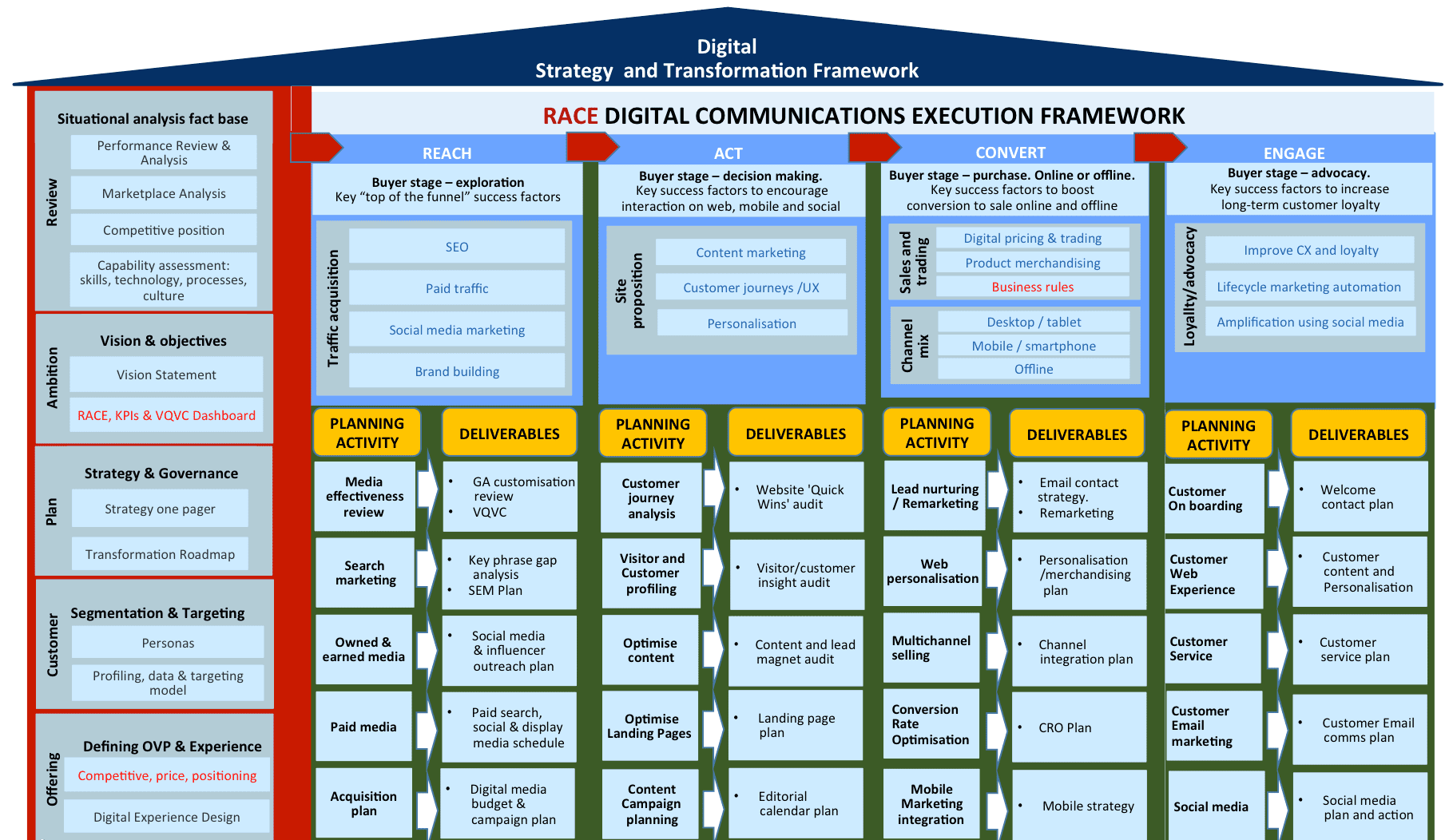When Will It's Performed By?

9 Instruments You should use To trace Your Keywords Rating
Neuromarketing is a discipline of promoting that involves studying the way in which individuals react to advertising techniques and adjusting those strategies to maximise gross sales and inform the general public about a particular product, idea, or campaign. Neuromarketing consists of the use of biometric sensors, social studies, and subliminal messaging. Whereas neuromarketing is a relatively new approach, it has been widely implemented in recent times and practically every advertising agency and medium-giant company in the world now uses it.
How Does Neuromarketing Work? Neuromarketers research the brain’s reaction(s) to certain social triggers. These triggers embody look, odor, descriptive language (as seen within the food trade), a chain of events or story (as seen in shows), or associating a star with a specific brand (as seen in the sports activities, perfume, and clothing industries).
- Consideration after the course
- A business web site showcasing the brand and selling its services and products
- Play appealing background music to keep guests on the site longer
- Determine your unique, compelling story. Why ought to your viewers listen to you
Biometric sensors comparable to MRIs (Magnetic Resonance Imaging) and EEG (electroencephalography) machines are often used to observe mind exercise before, throughout, and after exposure to neuromarketing methods. This is done with a purpose to detect what processes led to certain selections and to determine the a part of the mind that applied these processes.
Biometric sensors also use physiological sensors that monitor heart charge, respiratory, and skin response. Neuromarketing itself depends on a neurological process generally known as “priming.” Priming includes an electrochemical response that is about off each time a topic is first launched. Priming permits the brain to make an preliminary connection as a way to recall every part that it knows about the specific topic. Once priming is done, new information could be introduced to allow the mind to match this new data with what it already knows, then make decisive opinions about the subject itself.
Neuromarketing is most often used to market business items and providers. It may also be utilized in psychological and theoretical functions, as it gauges human reactions to particular topics. For example, neuromarketing has lately been used to gauge neurological response to presidential speeches and film trailers so as to improve how both are presented to the public.
Neuromarketing permits human response to be gauged based on neurological, emotional, and physical reactions, the flexibility to model shows, speeches, films, and commercials to match these responses, and the power to sway the minds of these being presented with information. The principle drawback of neuromarketing is that there is loads of work that goes into it. For instance, folks must be studied earlier than a method is established. As soon as a neuromarketing technique is developed, it have to be offered in a manner that sways the audience’s thoughts without disclosing that they are secretly being managed with near-subliminal messaging. Likewise, neuromarketing doesn't all the time work for everyone.
The Occasions has rightly become more comfortable with the primary person, however clear, conversational writing doesn't depend on it. One major downside is the bottlenecks that restrict our means to launch new options, even when the tools already exist. To be clear, The Times is making progress in employing a richer, more digital mix of journalistic varieties. The progress in audio, video and digital actuality are obvious examples. But the overall pace ought to speed up, and more of our journalists ought to participate within the inventive and manufacturing course of. The worth of The new York Instances does not rely on conveying data in the kinds that made probably the most sense for a print newspaper or for desktop computers.
3. We need a new method to features and service journalism. Our largely print-centric technique, whereas highly profitable, has stored us from constructing a sufficiently profitable digital presence and attracting new audiences for our features content. At the same time, we should make a small variety of big digital bets on areas where The Times has a competitive opportunity, the way we did with Cooking and Watching. The Times’s present features strategy dates to the creation of new sections in the 1970s. The driving power behind these sections, reminiscent of Dwelling and Home, was a desire to draw promoting.
The Impact Of Web optimization Internet Design On Search engines like google
Top 10 E-Advertising Tips
Marketing Strategy For 2018